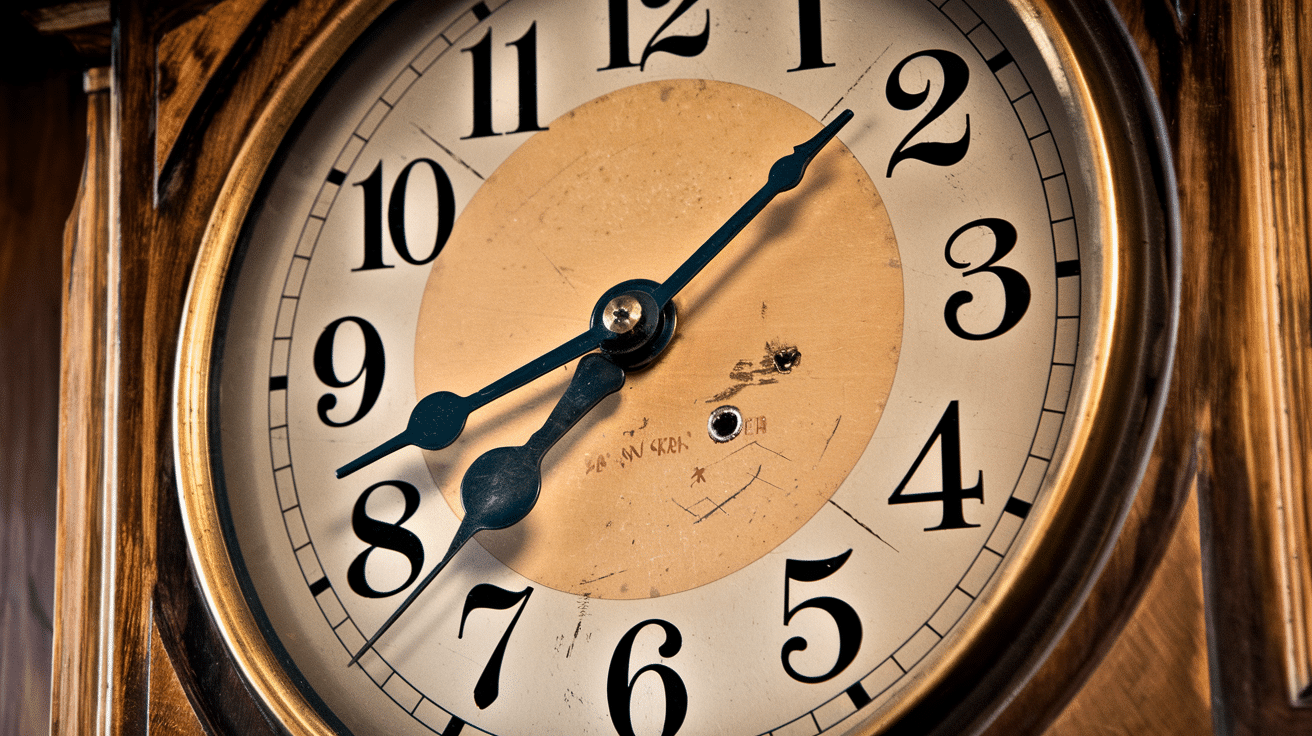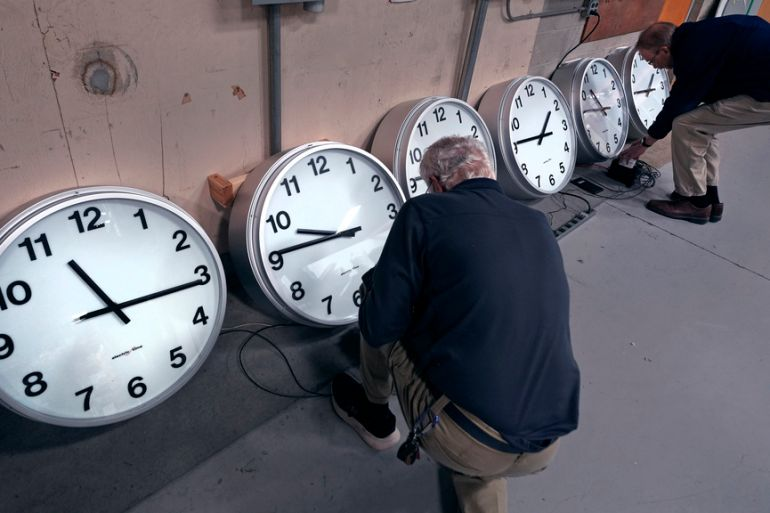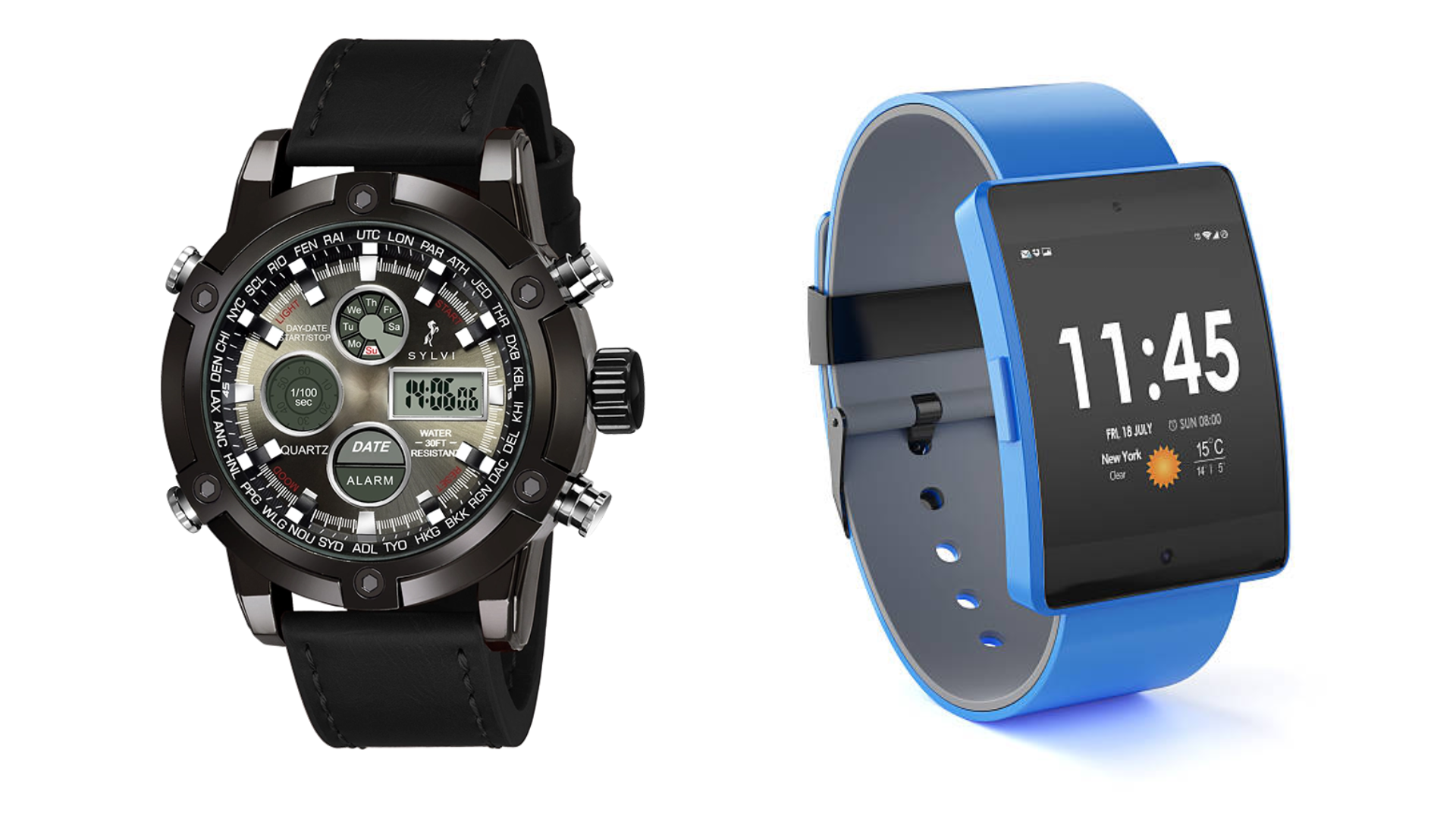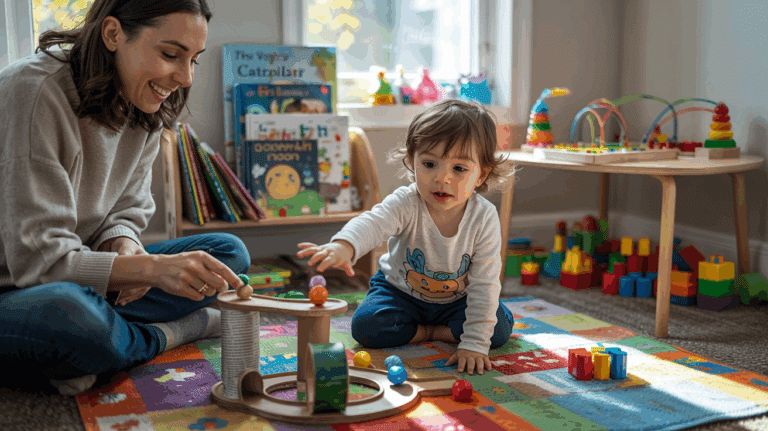Attention, time explorers! We’ve found a secret question that many people wonder about but few can answer correctly: how many numbers are on a clock
At first, you might think it’s simple – just count around the circle. But our special time agents have found there’s more to this mystery than most people realize!
We’ve looked at all kinds of clocks – the round ones on walls, digital ones on nightstands, and even fancy watches. Each one tells time differently!
Ready to know the truth about clock numbers? This mission will change how you look at the clock on your wall forever. Get ready to become a time expert and impress your friends with cool clock facts they never knew!
Cracking the Riddle: How Many Numbers are on a Clock Actually

At first glance, this question seems simple – there are 12 numbers on a clock, right? Well, the answer gets more interesting when we look closer!
On a standard analog clock face, you’ll typically see the numbers 1 through 12 arranged in a circle. That’s 12 numbers total that mark the hours. But many clocks actually represent much more than just these 12 numbers.
Let’s break it down:
- Hour numbers: 12 numbers (1-12) marking each hour position
- Minute marks: 60 individual minute positions around the dial
- Hour marks as minutes: Each hour number also represents a specific minute (1=5, 2=10, 3=15, etc)
- Seconds: 60-second positions (though not always marked)
- AM/PM: Many clocks represent 24 hours total when accounting for AM and PM
Each hour mark on a clock also represents 5 minutes when reading the minutes. So while you see “3” on the clock, it also represents “15” minutes. Similarly, each little tick between the numbers represents individual minutes – that’s 60-minute marks total around the clock!
Some clocks also have second hands that tick through 60 seconds per minute. And if you think about 24-hour military time, a complete day on a clock would actually represent the numbers 1 through 24.
Specialized clocks like grandfather clocks might include extra numbering for chiming sequences, while digital clocks display numbers directly rather than positions on a dial.
So, how many numbers are on a clock? It depends on what you’re counting! The simple answer is 12-hour numbers, but there are actually 60-minute positions and potentially many more numbers represented in total.
Why Do Clocks Have 12 Numbers? the Historical and Mathematical Reasons

Have you ever wondered why clocks have 12 numbers instead of 10 or 15? There’s a cool story behind this!
Long ago, people in ancient Egypt and Babylon liked to count in groups of 12. They found that the number 12 was super useful because you can divide it evenly by 2, 3, 4, and 6. This made it perfect for splitting up time!
The ancient Egyptians used a 12-hour system to track time during the day and another 12 hours for night. They watched the stars and used shadow sticks to tell time.
Another reason for 12 hours comes from watching the sky. People noticed that the year could be divided into 12 moon cycles or months.
Also, counting to 12 is easy with your fingers! You can use your thumb to count the three parts on each of your four fingers – that’s 12!
When people started making mechanical clocks about 700 years ago, they kept the 12-hour system because everyone was already used to it.
So next time you look at a clock, remember – those 12 numbers connect us to people who lived thousands of years ago!
24-Hour vs. 12-Hour Clock: What’s the Difference
Time is something we all use daily, but the way we express it can differ. The 24-hour and 12-hour clocks are two main systems for telling time.
Though they show the same time, they do it in different ways. Let’s look at how these two systems work and what makes them unique.
The Basics of 12-Hour Clock
The 12-hour clock splits the day into two 12-hour periods. It uses numbers 1 through 12, along with AM (ante meridiem, meaning “before midday”) and PM (post meridiem, meaning “after midday”).
In this system:
- 12 AM is midnight
- 1 AM to 11 AM covers the morning hours
- 12 PM is noon
- 1 PM to 11 PM covers the afternoon and evening hours
For example, 8:30 AM is in the morning, while 8:30 PM is in the evening.
The Basics of 24-Hour Clock
The 24-hour clock counts the hours from 0 to 23. The day starts at midnight (00:00) and ends at 23:59, just before the next midnight.
In this system:
- 00:00 (or sometimes 24:00) is midnight
- 01:00 to 11:59 covers morning hours
- 12:00 is noon
- 13:00 to 23:59 covers afternoon and evening hours
So 8:30 AM in the 12-hour clock would be 08:30 in the 24-hour clock, and 8:30 PM would be 20:30.
Key Differences
The main differences between these two systems are:
- Notation: The 12-hour clock requires AM/PM, while the 24-hour clock doesn’t need these markers.
- Ambiguity: The 12-hour clock can sometimes cause confusion. For instance, if someone says “meet at 7,” you might not know if they mean morning or evening without context.
- Midnight/Noon: In the 12-hour system, both midnight and noon use 12, which can be confusing. The 24-hour system makes a clearer distinction (00:00 for midnight, 12:00 for noon).
- Usage: The 12-hour clock is more common in everyday conversation in countries like the US and Canada, while the 24-hour clock is standard in most other parts of the world, especially Europe, Asia, and Latin America.
The Analog vs. Digital Disconnect

Analog and Digital Clocks Show Time in Very Different Ways, Even Though They Tell the Same Time. Let’s See how They’re Different!
Analog Clocks Have Hands that Move Around in A Circle. the Short Hand Points to The Hour, and The Long Hand Points to The Minutes. Some Have a Thin, Fast-Moving Second Hand, Too. To Tell Time on An Analog Clock, You Need to Understand What Each Position Means.
Digital Clocks Just Show the Numbers Directly. They Might Display “3:45” Instead of Having Hands Pointing to The 3 and The 9. This Makes Them Easier to Read Quickly.
Kids Today Often Learn to Read Digital Clocks First Because They See Them Everywhere – on Phones, Microwaves, and Car Dashboards. Some Children Find Analog Clocks Tricky to Understand!
Analog Clocks Help Us See Time Passing and Understand Fractions Better. When the Minute Hand Moves from 3 to 6, We Can See that 15 Minutes (or One-Quarter of An Hour) Has Passed.
Digital Clocks Are More Exact. They Can Show Seconds and Even Milliseconds for Timing Sports and Other Activities Where Every Little Bit of Time Matters.
Both Types of Clocks Are Useful in Different Ways. That’s Why Many People Still Have Both Kinds in Their Homes and Schools!
Common Misconceptions About Clock Numbers
Clocks, Both Analog and Digital, Are Often Misunderstood. Here Are Some Common Misconceptions:
1. The Number 12 Is Always at The Top
- Misconception: 12 Is Always at The Top of A Clock.
- Reality: Some Clocks, Especially Artistic Designs, May Position the 12 Differently.
2. Analog Clocks Always Have 12 Numbers
- Misconception: All Analog Clocks Show 12 Numbers.
- Reality: Some Clocks Use Roman Numerals or Have No Numbers at All.
3. Digital Clocks Don’t Have Numbers
- Misconception: Digital Clocks Don’t Feature Numbers.
- Reality: Digital Clocks Use Numbers, Just in A Different Format, to Show Time.
4. All Clocks Use the Same Numbering System
- Misconception: Clock Numbers Are the Same Everywhere.
- Reality: Some Systems, Like Military Time, Extend Beyond 12, While Others May Use Unique Designs.
5. Clocks without Numbers Are Hard to Read
- Misconception: Clocks without Numbers Are Confusing.
- Reality: Clocks without Numbers Help Improve Intuitive Time-Reading by Focusing on The Hands.
6. Numbers on Clocks Represent Equal Time Intervals
- Misconception: Each Number Represents the Same Time.
- Reality: Numbers Represent Five-Minute Increments, but The Spacing on The Clock Isn’t Perfectly Equal.
Understanding These Misconceptions Helps Us Better Appreciate Different Clock Designs and How They Represent Time.
Interesting Clock Trivia: More than Just Numbers
Clocks Have a Rich History and Are More Than Just Tools for Telling Time. From Ancient Mechanical Designs to Modern Atomic Clocks, They’ve Played a Pivotal Role in Shaping Our Understanding of Time and The World Around Us.
- The First Clock: The First Mechanical Clocks Were Built in The 13th Century, Primarily for Use in Monasteries to Regulate Prayer Times.
- Time Zones: The Concept of Time Zones Was Introduced by Sir Sandford Fleming in The Late 19th Century to Standardize Time Across Different Regions.
- Atomic Clocks: The Most Accurate Clocks in The World Are Atomic Clocks, Which Rely on The Vibrations of Atoms to Measure Time.
- Leap Seconds: Every Few Years, a Leap Second Is Added to The Clock to Keep Our Time in Sync with The Earth’s Slowing Rotation.
- Grandfather Clocks: The Longcase or “grandfather” Clock Was Invented in 1695 by William Clement, a London Clockmaker.
- Digital Clocks: The First Digital Clock Was Created in 1927 by An American Inventor Named George B. S. Williams.
- Clockwise: The Direction of The Clock Hands, Known as “clockwise,” Is Based on The Motion of Sundials in The Northern Hemisphere, where the Shadow Moves in A Circular Motion from Left to Right.
- Synchronized Clocks: The World’s Largest Synchronized Clock Network Is in The U.S., with The NIST Atomic Clock Network. It Helps Maintain Universal Time Accuracy.
The Bottom Line
So There You Have It—a Clock Isn’t Just About Those 12 Numbers We All Recognize. From The 60-Minute Marks to The 24-Hour Variations, These Time-Telling Devices Are More Complex than They Appear at First Glance.
Whether You Prefer the Sweeping Hands of An Analog Clock or The Precision of Digital Displays, Understanding how We Measure Time Connects Us to Thousands of Years of Human Innovation.
The Next Time You Glance at A Clock, Take a Moment to Appreciate This Ingenious Invention That’s Been Keeping Humanity on Schedule for Centuries.
From Sundials to Smartwatches, Our Interest in Tracking Time Continues to Evolve. I Hope You Now Understand how Many Numbers Are on A Clock.
What’s your favorite type of clock? Share in the comments below, we’d love to hear about your timekeeping preferences!


















